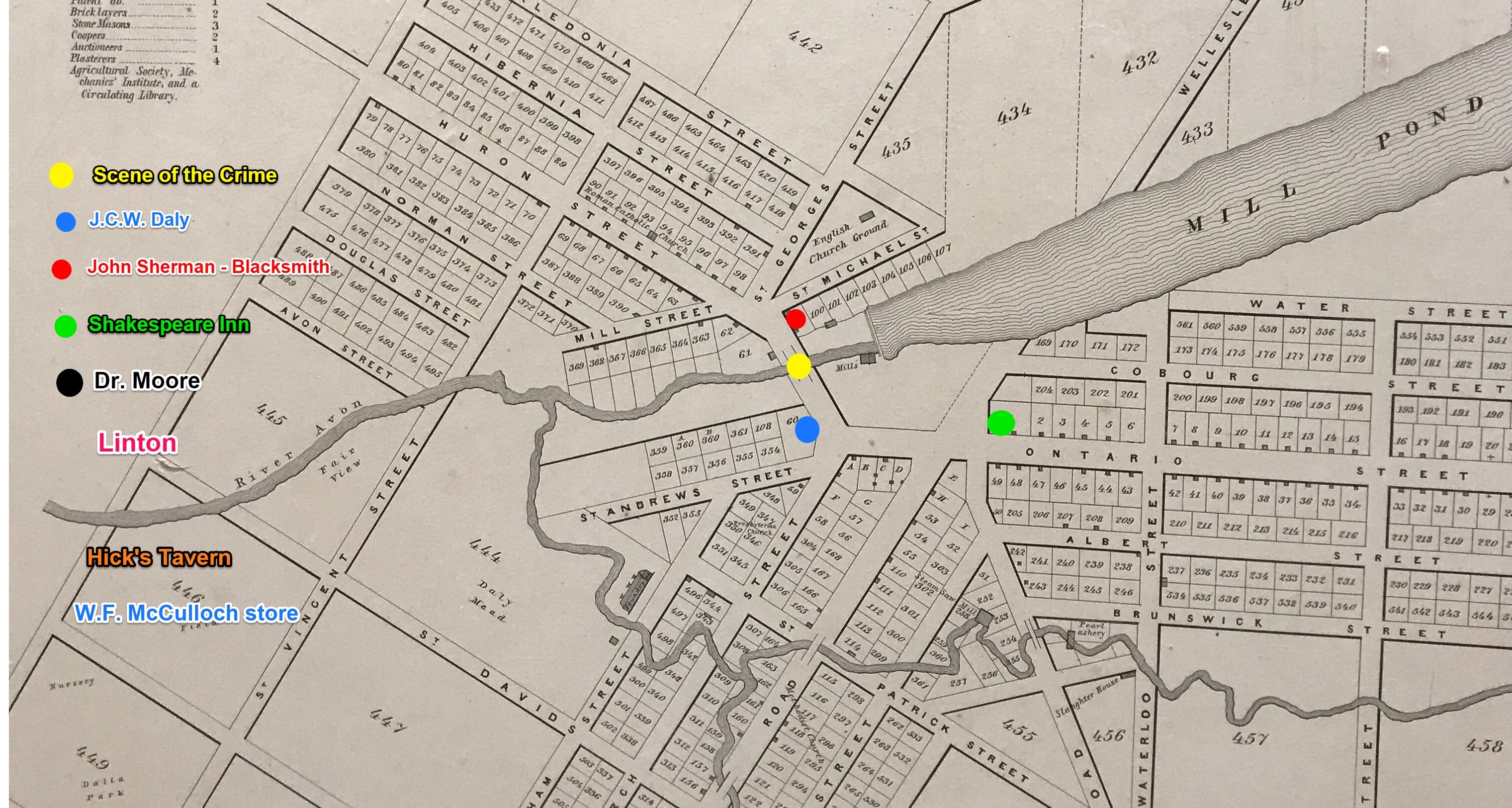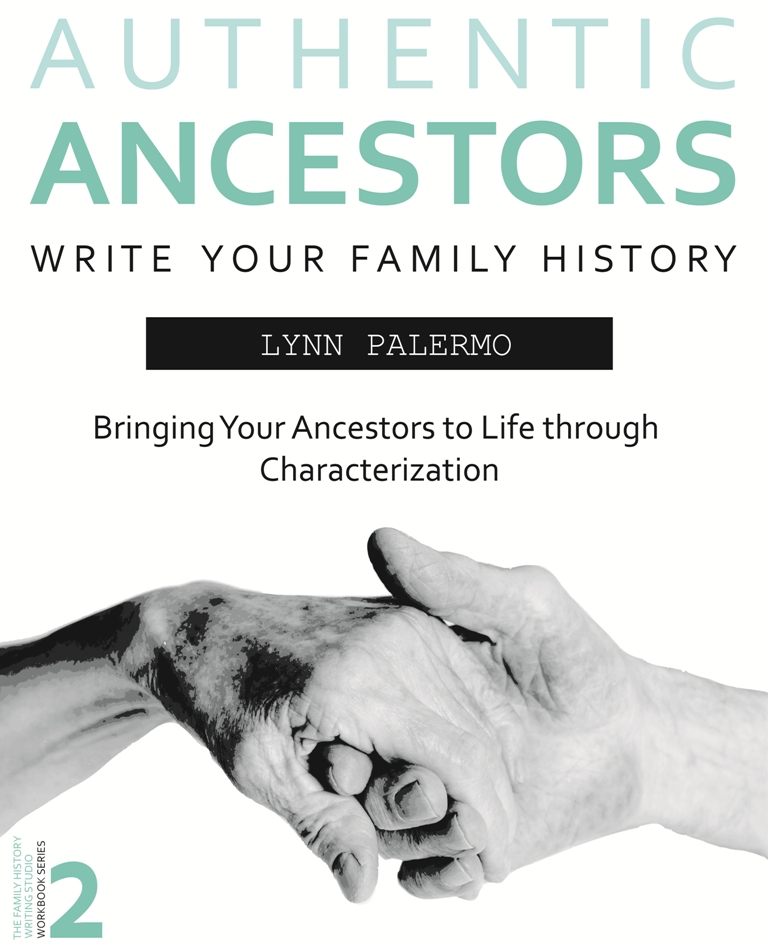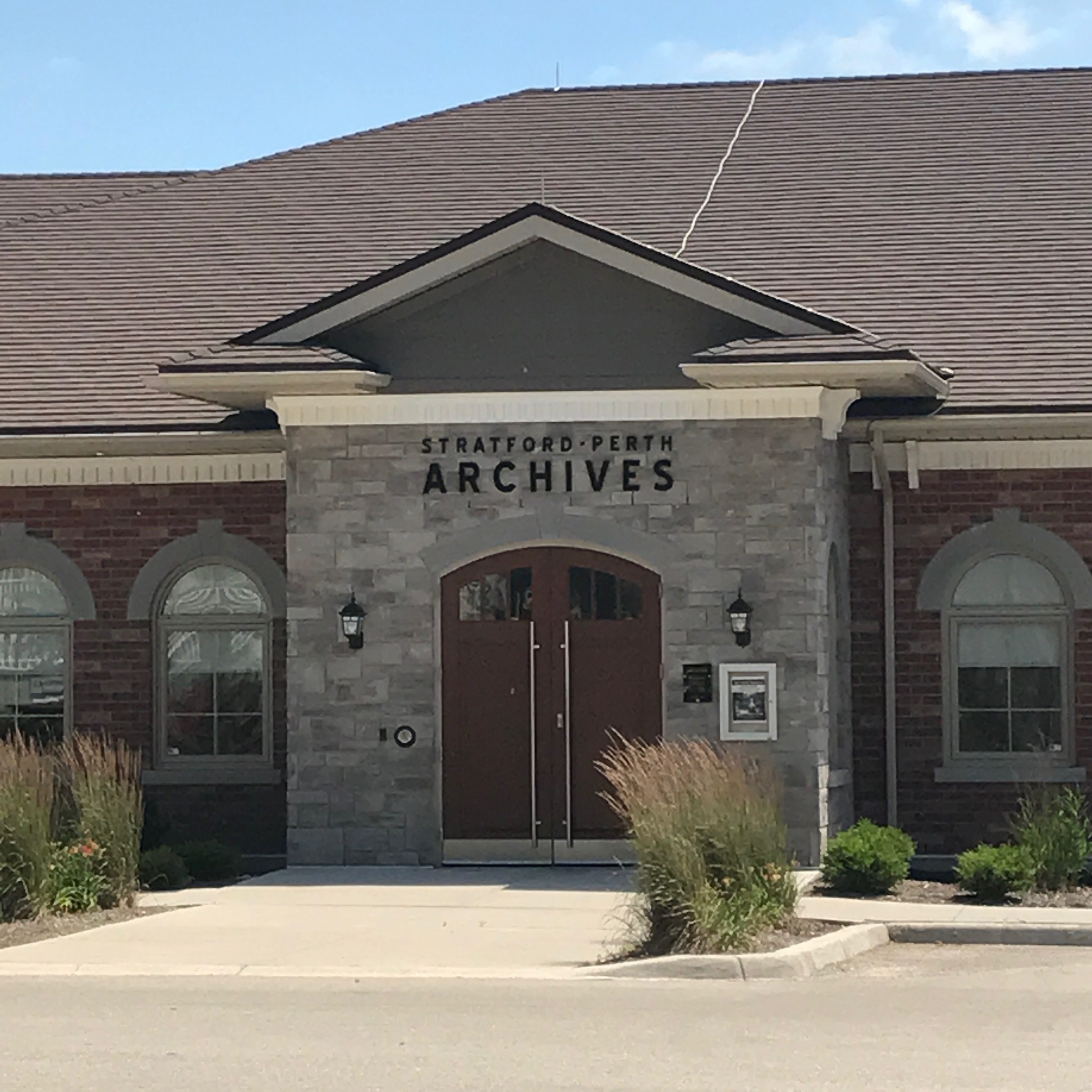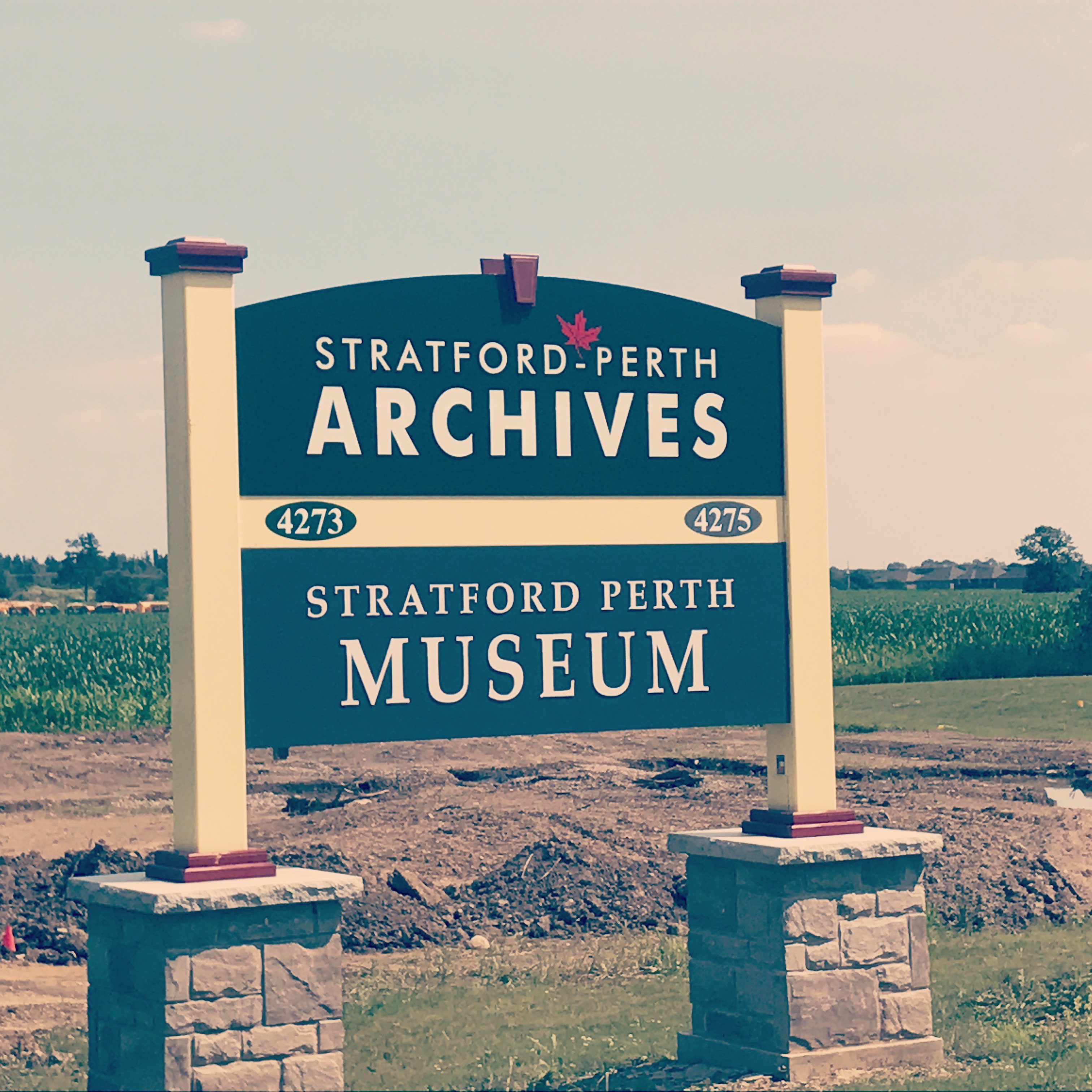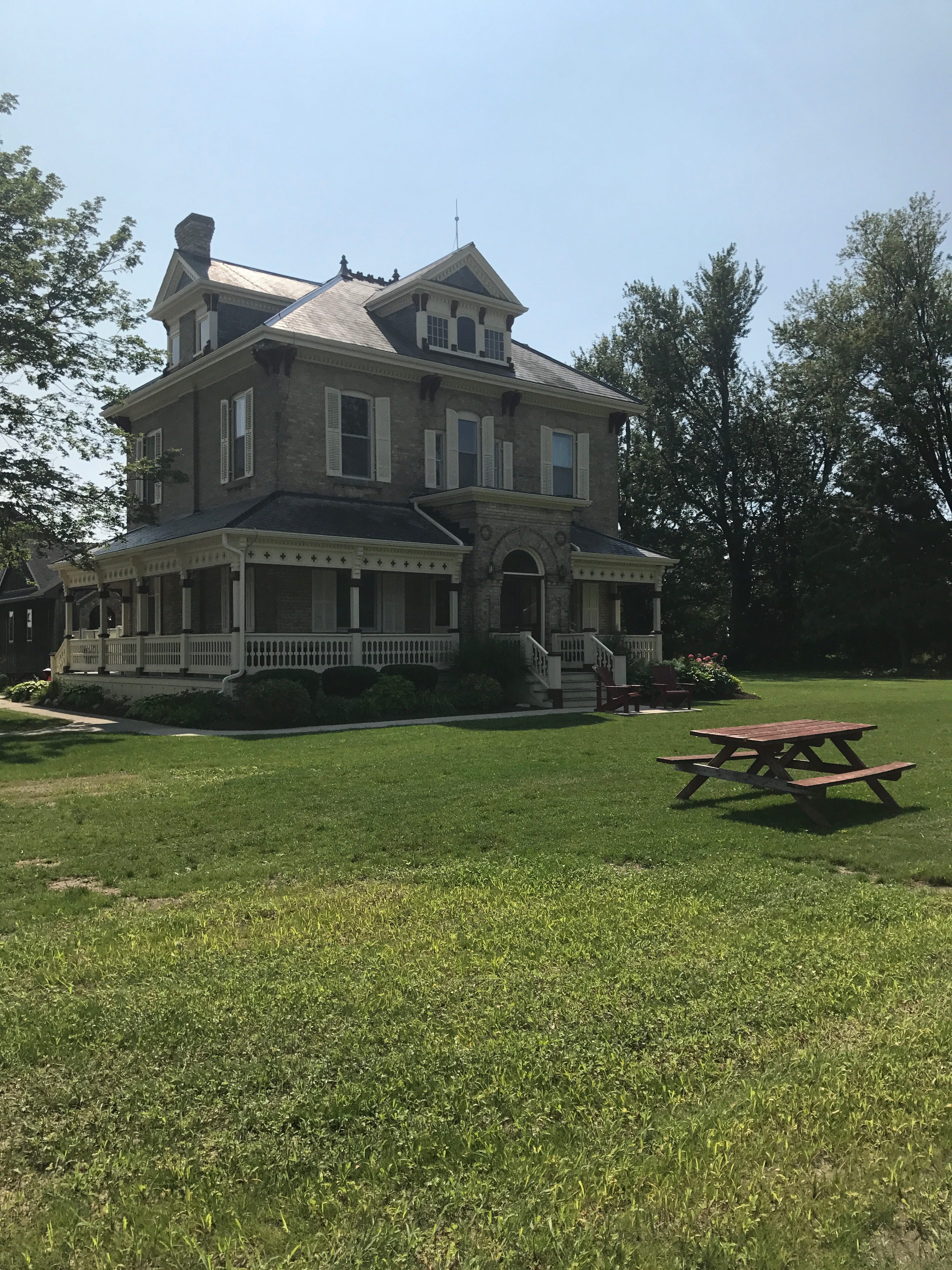There are many benefits from writing our family history stories. First, the opportunity to share our research in a format that our family will read. Watching out families be moved by the stories of their ancestors and realising the significant impact you can have on others as a writer is a strong draw. The ability to learn the new skills of writing and realising how they can help you grow as a person. The capacity to enrich your own life is a significant benefit writing offers. Finally leaving a lasting legacy of our research in a sharable format for generations to come is at the heart of wanting to write our family history stories.
Unfortunately, many suffer from the ‘As Soon As’ syndrome without even knowing it, preventing ourselves from ever writing. Could you be one of them? Let’s look at some of the symptoms.
I will write my family history stories as soon as I finish researching.
I will write my family history stories as soon as I retire and have more time.
I will write my family history stories as soon as the kids start school or as soon as the kids finish school.
I will write my family history stories as soon as I get my research organised.
I will write my family history stories as soon as I learn to write.
I’ll write my family history stories as soon as my family shows an interest in them.
I’m not sure I’ve listed all the excuses I’ve heard from others when questioned if they are writing the stories for their family. I’m sure I’ve missed a few.
Do these symptoms sound familiar? Are you suffering from “As Soon As” syndrome
Yes, they are all excuses for putting off the task of writing your family history stories. But why? Why do we make excuses for something that is rewarding to both our family and ourselves?
Why do we procrastinate when it comes to writing our family history stories?
Let’s look at the root causes for the “As Soon As” Syndrome.
Overcomplicating Where to Start
You may not know how to do all the steps in writing and publishing a family history book, so you avoid doing the first logical step. You tend to overcomplicate where to start your family history book, so you don’t start at all. Do you like to work through a new task mentally before you start? It might be working against you. Maybe you’ve been reading a lot of books on writing, you might even have purchased all our workbooks Write Your Family History for guidance, but you have yet to write a story. The more you read, the more it becomes overwhelming. The solution: You need to dive into writing. Often we spend all our time investigating the how-to and not just doing it. Force yourself into a situation where you must write and get feedback like taking a course. You can get your feet wet writing and learn the craft of writing, but you don’t have to have it all figured out. You just have to start.
Lack of Structure
Procrastination often occurs when we haven’t set up an environment that allows us to engage in our goal of writing our family history stories. If our environment doesn’t support our desire to write, then it makes it easy to avoid writing. We need to create a writing space to make our writing possible. We need to plan for writing in our daily routine, and we need to let those close to us know what we are doing, so they support our time and efforts. Writing doesn’t happen without a structured environment that supports the task at hand.
Completing Unpleasant Tasks
Some of us might consider writing our family history stories to be an unpleasant task and procrastinate for that reason, it’s not researching which they really love. We often look at the goal as this big mountain to climb and that it is just overwhelming and therefore unpleasant. Instead, we prefer to stick to what is more comfortable to us, researching. The best strategy to conquering unpleasant tasks is to divide and conquer. Shift your focus away from the goal of writing a large family history book over to a series of easy to complete goals. For instance, a couple of paragraphs, a small ancestor profile, a short story, a blog post. Focus on tasks that are quickly completed. Another strategy is to form a plan that you will work on your project for the first hour of every day before you fire up email or Facebook or before you turn on the TV in the evening. Complete the unpleasant tasks before the pleasant tasks. Make a rule that you can’t research today until you’ve written at least 500 words.
Fear of Failure
We often avoid writing family history stories because we fear failure. Our family won’t like our writing or how we present our ancestors in the story. Writing is very personal, and writers suffer lots of anxiety when it comes to sharing their writing. Consider three possible outcomes. What is the worst that could happen? What is the best that could happen? What is most likely to occur? Write out an answer for each. Just like noises are scarier in a dark room than with the light on, feared thoughts are generally more frightening when they remain vague and not when you specify what you are afraid of.
When people experience negative emotions, they tend to only think of possible adverse outcomes. Shifting your perspective can help you feel better. Reflect on the best and realistic results can sometimes get you thinking about things you could do to make those outcomes more likely, such as learning the craft of writing stories, getting feedback on your stories and practising your writing. All of these tasks can all help you to reduce these negative fears of failure. Sharing your writing will always make you a little anxious, but knowing you have done your due diligence in learning the craft, practising and getting feedback before sharing goes a long way to reducing those jitters.
Lack of Cognitive Skills
Some people have trouble with cognitive skills around initiating, planning or sequencing a project. In simple terms, they struggle to think out the process. Some people although very smart and successful can experience difficulty in stringing together steps of a project in a logical order to complete a complex task like writing a family history story or book. These problems are not noticeable for everyday tasks but when you take on a new and unfamiliar work like writing they can elevate. They can also manifest if you feel anxious or fearful of writing.
Our workbooks, Getting Ready to Write and Finding the Story help you deal directly with initiating, planning and sequencing the process of writing your family history stories. If you feel like the planning and sequencing of your stories are particularly challenging give yourself the help that you need. Recognize that you may find it difficult on a cognitive level to plan a family history story or book not because you are lazy or lack motivation but because your cognitive ability is being depleted. Recognize that this task is new and somewhat fearful for yourself. Don’t procrastinate but get the help you need to overcome this obstacle.
Lack of Self-Confidence
When we believe writing as difficult, we often develop doubts about our ability to carry out the task at hand. Often low self-esteem causes writers to avoid activities that could help increase their level of confidence. Activities like taking a course to improve or learn the craft of writing. A course can definitely help you to acquire the knowledge and skills to write your family history stories. But self-confidence can also hold you back from joining these classes. We often have writers in our course who lack confidence but leave us beaming with knowledge and self-confidence. The decision not to enrol in a course deprives you of the opportunity to develop valuable skills. In contrast, if you do take a writing class your newfound knowledge helps you to overcome that lack of self-confidence which results in you setting even more challenging goals.
All-or-Nothing Thinking
All-or-nothing thinking is a hallmark of anxiety. Some of us have pretty lofty goals of writing a large, all-encompassing family history book. The size of this project is stressful. Consider alleviating the stress and procrastination by doing the task more moderately. For example, you want to write a family history book that covers 2 lines of surnames and covers 200 years of history, but you are procrastinating because you don’t have the time to complete this vast project
[contact-form][contact-field label=”Name” type=”name” required=”true” /][contact-field label=”Email” type=”email” required=”true” /][contact-field label=”Website” type=”url” /][contact-field label=”Message” type=”textarea” /][/contact-form]
. It is just too overwhelming for your skill level, so you avoid it all together. Perhaps you set yourself a goal of writing four stories about your four immigrant ancestors. Would you still feel the need to avoid this more modest goal? Would you procrastinate less if you identified writing a book about one ancestor versus 2 lines of ancestors covering 200 years? Instead of taking the all-or-nothing attitude, find one task that you would be less likely to avoid, like writing one story about one ancestor and start there.
There is no magic pill to cure your “As Soon As” Syndrome. The best way to move forward is becoming self-aware of your procrastination and the reasons behind it. Once you’ve identified the cause take the necessary steps to help you deal with your anxieties. We can’t eliminate our fears and anxieties about writing. However, we can positively address them and keep them from holding us back in writing our family history stories.

